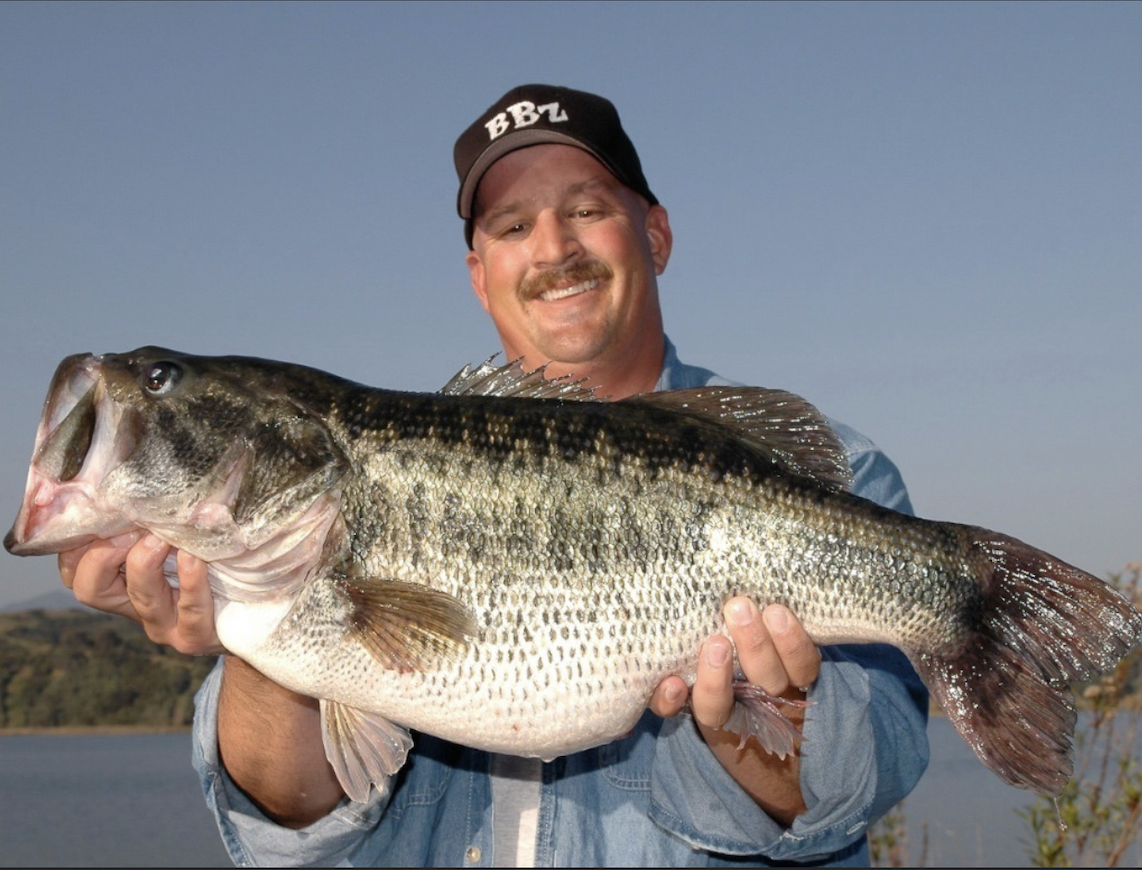SOUTH-CENTRAL CALIFORNIA COAST STEELHEAD MAINTAIN THREATENED LISTING STATUS
NOAA Fisheries’ 2023 5-year review finds the steelhead populations (Oncorhynchus mykiss) of the south-central California coast warrant continued protection as a threatened species under the U.S. Endangered Species Act.
Remnant populations of steelhead occupy watersheds from the Pajaro River (Monterey County) south to Arroyo Grande Creek (San Luis Obispo County), along the south-central coast of California.
The south-central California coast includes the Salinas River (one of the largest watersheds in California) and numerous small streams along the rugged Big Sur Coast. Populations in the larger watersheds, including the Pajaro, Carmel, Salinas, and Arroyo Grande rivers have suffered the largest declines of steelhead runs. Some sparsely developed watersheds along the Big Sur Coast and in northern San Luis Obispo County continue to support annual runs of steelhead, and a small catch-and-release sports fishery. This southernmost steelhead fishery in California is tightly regulated by the California Department of Fish and Wildlife.
Continued threats to south-central California steelhead populations require comprehensive conservation action to recover these at-risk populations.
“We are at a crucial point where we can still help improve the resilience of the species to climate change, but that time is running out,” said Lisa Van Atta, Assistant Regional Administrator in NOAA Fisheries’ West Coast Region.
South-Central California Coast Steelhead DPS
The 5-year review highlights the declining population trends in response to drought conditions in all four Biogeographic Population Groups within south-central California and wildfires along the Big Sur Coast. It also looks at the impact from cannabis cultivation operations which have withdrawn water from many smaller streams.
A wide variety of alterations to the watersheds in south-Central California have led to sharp declines in steelhead populations. This is particularly important in the larger watersheds such as the Pajaro, Carmel, Salinas, and Arroyo Grande rivers with extensive water supply developments such as dams.
The prolonged drought in south-Central California from 2012 through 2017 has exacerbated the impacts of water supply and related land development on remnant steelhead populations. That has increased the urgency of the recovery actions identified in NOAA Fisheries’ 2013 South-Central California Coast Steelhead Recovery Plan.
“The small steelhead populations along the central coast have continued to persist through a record drought, but some populations with restricted access to historic spawning habitat have been hit hard,” said Mark Capelli, recovery coordinator for the species. “With the support and cooperation of CDFW and others, removal of fish passage barriers should increase the resilience of these populations, and move them towards recovery.”
The review also summarizes the implementation of these actions. They include:
New fish passage and screening projects
Alternative water supply projects
Flood control and sediment management projects to reduce impacts to steelhead rearing habitats
New research has also provided insights into the biology and habitat requirements of the species, which will better direct recovery actions.
Priority recovery actions include:
Removing or modifying dams and other fish passage barriers
Restoring flows in mainstems and tributaries
Managing sediment and flood control activities
Restoring riparian and estuary habitats
Reducing excessive groundwater extractions for agriculture and urban uses
The South-Central California Coast Steelhead 5-year review is one of 28 reviews of West Coast salmon and steelhead species by NOAA Fisheries’ West Coast Region. The Endangered Species Act calls for a review of listed species at least every 5 years to determine if their listing status remains accurate or should be changed. The reviews also provide a report card on recovery, as outlined by each species’ recovery plan. The reviews identify the most critical threats to the species, and recommend key conservation actions that can increase the species’ likelihood of recovery.
Depleted stream flows – Salinas River, Monterey County. Photo: Mark H. Capelli, NOAA Fisheries
Climate Impacts
The last 5 years have been hard on West Coast salmon and steelhead. Climate change and related impacts continue to degrade fish habitats, reducing summer flows and warming water temperatures. South-central California experienced a record-breaking drought from 2012 through 2017. The most recent extended drought in south-central California has resulted in prolonged closure of river mouths. This resulted in fewer opportunities for steelhead to enter coastal watersheds and reach upstream spawning and rearing habitat. While recent rains have temporarily alleviated some impacts, projected prolonged droughts pose an ongoing threat to steelhead populations of the south-central California coast.
A series of marine heatwaves have also reduced steelhead ocean survival and growth in the North Pacific Ocean. They increase algal and diatom blooms that can affect the productivity of steelhead prey or shift the species to less suitable prey. For the California Current region, sea surface temperatures reached record high levels from 2014 to 2016; 2015 was the single warmest year in the historical record. Increasing ocean acidification and projected changes in coastal upwelling may undermine the growth and maturation of steelhead in the ocean. It could also reduce the size and condition of steelhead returning to their freshwater habitats to reproduce. This has resulted in the re-distribution of some pelagic marine species. The increase in Northern anchovy was particularly strong in central and southern California, where it serves as high quality prey for many species, including salmon and steelhead.
Extinction Risks
Some of the south-central steelhead populations are among the most threatened steelhead on the West Coast. According to the viability assessment completed by NOAA Fisheries’ Southwest Fisheries Science Center, many of these populations, particularly in the Interior Coast Range and San Luis Obispo Coast Terrace, face a high risk of extinction. Current trends for this species in larger watersheds remain of particular concern. The persistence of the populations over the challenging conditions of the last 5 years is a testament to their resiliency. However, climate change poses a systemic, long-term threat that will require ambitious conservation action to prevent further decline and ultimately promote the recovery of the species.
San Clemente Dam – Carmel River (left) and Carmel River – Above San Clemente Dam, Monterey County (right). Photos: Mark H. Capelli, NOAA Fisheries
Recovery Progress




